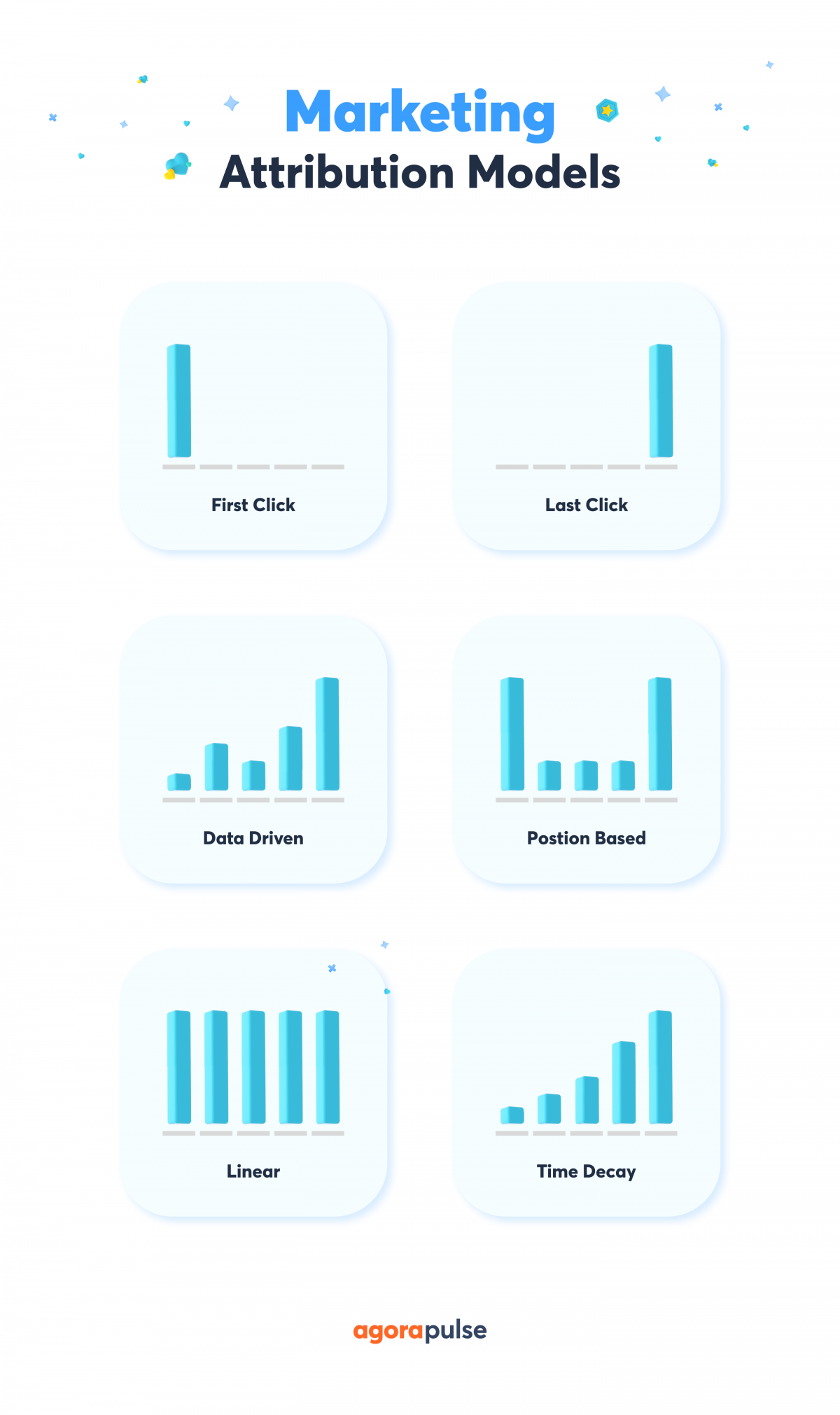Understanding the customer journey and attributing conversions correctly is crucial for businesses to understand their customers’ behavior, make data-driven decisions, and optimize marketing strategies.
Though the last-click attribution model has been a go-to for many marketers for many years, it oversimplifies the complexity of modern consumer behavior. To gain deeper insights and make more informed marketing decisions, businesses need to explore advanced marketing attribution models that provide a more accurate representation of the customer journey.
Evolving Customer Journey
Traditionally, the customer journey was seen as a linear path, where customers move through stages like awareness, consideration, and decision in a predictable sequence.
In recent years, the customer journey has evolved into more of a non-linear, multi-touch experience.
One of the major driving factors of this change is the proliferation of digital channels. Social media, search engines, and online marketplaces have given customers multiple touchpoints to interact with a brand.
This constant connectivity has blurred the lines between online and offline interactions. It also has given customers access to vast amounts of information anytime and anywhere.
Customers can now discover, research, and purchase products at their convenience—without following a predefined path. As these interactions occur, the buyer will go through the stages of awareness, consideration, decision, and action … but it certainly doesn’t always happen in that order! They may skip a step, or go back a step, then jump ahead one.
It simply isn’t as predictable or straightforward as you might think.
This means that single-touch attribution models, such as last-click or first-touch, are no longer as effective. For marketers to gain a better understanding of how different touchpoints contribute to conversions, they need to move to using a more advanced attribution model aligned with modern customer buying behavior.
Exploring Multi-Touch Attribution Models
Multi-touch models provide a more comprehensive view of customer journey and the contributions of various touchpoints. These models consider all the touchpoints involved in a customer’s path to conversion, enabling organizations to gain a deeper understanding of the customer journey and the effectiveness of each touchpoint.
Let’s look at some of the most common multi-touch attribution models.
Linear attribution
In this model, equal credit is assigned to all touchpoints involved in the customer journey. Linear attribution acknowledges the contribution of each interaction, emphasizing that every touchpoint plays a role in the conversion process.
For instance, if a customer interacts with a display ad, visits the website, and later makes a purchase after receiving an email, each touchpoint would receive an equal share of the credit. Marketers can use this to help recognize the importance of top-of-funnel activities in driving conversions.
Time decay attribution
Time decay attribution recognizes that touch points closer to the conversion tend to have a greater impact on the customer’s decision. It assigns more credit to touchpoints that occur closer in time to the conversion event.
For example, if a customer initially discovers a product through a blog post, then engages with social media content, and finally makes a purchase after receiving a personalized email, the touchpoints closer to the purchase would receive a higher proportion of the credit. This model is useful for understanding the immediate factors that lead to conversions.
Position-based attribution
Position-based attribution, also known as U-shaped attribution, recognizes the importance of both the first and last interactions. It divides attribution percentages between these two critical points, with any middle interactions receiving smaller percentages.
This balanced approach provides a more accurate representation of how different touchpoints influence conversions, making it valuable for understanding complex customer journeys and optimizing marketing strategies accordingly.
Data-driven attribution
Data-Driven attribution uses data analysis and machine learning technology to assign credit to different touchpoints in the customer journey. Unlike traditional attribution models, which rely on predetermined rules or fixed percentages, data-driven attribution uses algorithms to analyze historical data and determine the actual impact of each touchpoint on conversions.
This is the most precise attribution method, as it adapts to changes in consumer behavior and marketing strategies, ensuring it remains accurate over time.
Benefits of Multi-Touch Attribution Models
By adopting a multi-touch attribution model, marketers can:
Boost successful campaigns
Gaining insights into the contribution of each touchpoint to conversions empowers you to prioritize and replicate strategies that yield the highest results. When constructing your campaigns, use the data from your attribution model to channel more resources and attention into the highest-performing touchpoints.
Reduce inefficiencies
Multi-touch attribution enables you to identify which touchpoints do not bring significant value along the customer journey. This knowledge allows you to discontinue underperforming campaigns and redirect your time and money into more lucrative avenues.
Budget more effectively
With the knowledge of which touchpoints have the greatest impact, you can make more informed budgetary decisions, and allocate your resources more effectively.
Gain in-depth customer insights
Assessing touchpoints within multi-touch attribution models provides a deeper understanding of your customers. By mapping customer engagement, you gain insight into where they invest their time and which marketing messages resonate with them.
Challenges of Multi-Touch Attribution Models
Although there are many benefits of moving to a multi-touch attribution model, some challenges come along with it. The most common obstacles that companies run into when implementing a multi-touch model include:
1. Inaccurate datasets
Multi-touch attribution thrives when there is a substantial amount of data to track the consumer journey, including offline engagements such as phone calls, in-person visits, and traditional advertising. Inaccurate or incomplete datasets can hinder its effectiveness, prompting consideration of alternative models.
2. Steep learning curve
Implementing multi-touch attribution involves extracting data from various campaigns and channels, both online and offline, to pinpoint key touchpoints and calculate ROI. If you are new to data-driven marketing or have limited experience beyond basic Google Ads insights, working with a professional might be a good idea.
3. Experimenting is time-consuming
Determining what qualifies as a touchpoint and assigning appropriate weight to each one often requires some experimenting, particularly when it comes to omnichannel advertising. This can be challenging and time consuming to get just right, and it’s likely that you won’t get it right on the first try. Be prepared to spend time adjusting things to find the right balance.
To overcome these challenges it is essential to:
-
- Invest in robust analytics tools that can track user interactions across channels.
- Develop a clear process for data integration and analysis.
- Continuously monitor and refine attribution models as customer behavior evolves
Last-Click Attribution Is So Last Year
As digital marketing becomes increasingly intricate, relying solely on last-click attribution is no longer sufficient. To thrive in today’s competitive landscape, marketers must embrace more advanced attribution methods. Using multi-touch attribution models can provide a more nuanced and complete picture of the customer journey.
By moving to a multi-touch attribution model, businesses can make informed decisions, optimize marketing efforts, and ultimately drive better results. It’s time to look beyond the last click and explore the full spectrum of customer interactions.
Obsessed with data? Book a demo with our team to see how the analytics and reporting features in Agorapulse can help you measure your social media marketing efforts with precision.





